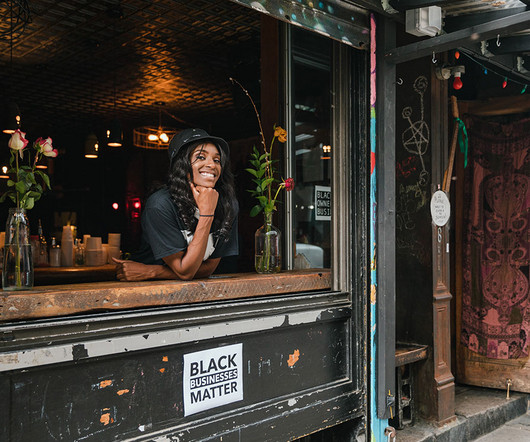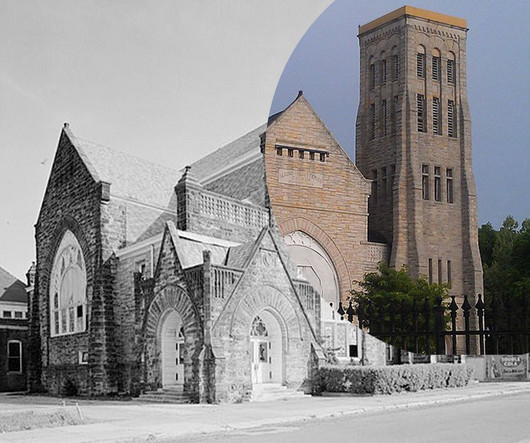What Does Tribal Land Stewardship Look Like?
NonProfit Quarterly
NOVEMBER 25, 2022
Editors’ note: This article is from the fall 2022 issue of the Nonprofit Quarterly , “The Face of Climate Change,” and was first published on May 1, 2022. The costs of resource extraction for Native American communities are hard to overstate. It shapes and perpetuates Native identities, cultures, and worldviews.”















Let's personalize your content